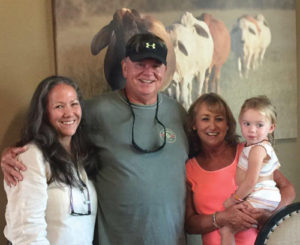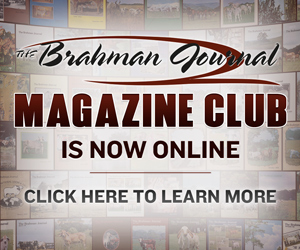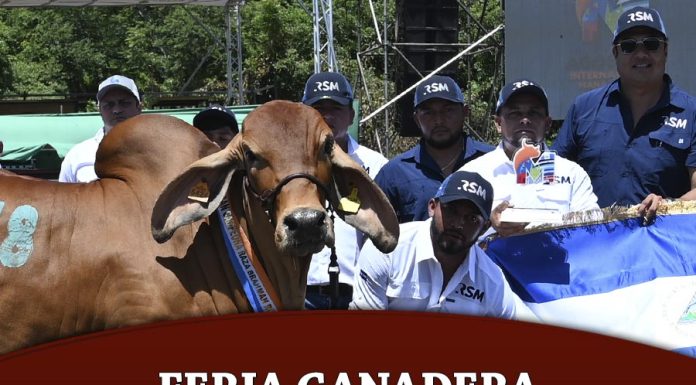The speed at which the A2 milk phenomenon is becoming a global market contender is increasingly a force to be reckoned with. It is no longer a niche market as evidenced by the recent decisions by some of the world’s leading global dairy companies to develop A2 options as a broader dairy category. Recent announcements by world-leader Fonterra of New Zealand to partner with a2 Milk Company (currently holding the world’s leading brand-dominant A2 position), as well as New Zealand’s Synlait and a2 Milk Company’s recent five-year extension of their supply agreement to meet the insatiable demand of A2-derived infant dairy formula (a2 Platinum) in China are just two examples of the growth in this market and trends toward meeting global demand. Other initiatives following suit are Freedom Foods in Australia launching its Australia’s Own Dairy range including A2, Nestle, the leading global dairy company with its ‘Atwo’ brand marketed in China and on a smaller scale, Vietnam’s TH Milk producing its Vinamilk A2 milk products.
The A1 verses A2 discussion first gained recognition in the late ‘80s to early ‘90s when scientists studying Type 1 diabetes and heart disease pointed to milk as a possible culprit, in particular a variant of beta casein protein known as A1, found in most conventional dairy products. Two primary protein groups are found in cow’s milk – casein and whey. The beta casein group has two common variants, A1 and A2 beta casein, found in most milks but whose amounts vary among the different breeds of dairy cattle. The variation between A1 and A2 occurs in the protein’s chain of 209 amino acids. Specifically, A1 has the amino acid histidine at the 67th position in the chain, while A2 has proline in that position. Scientific studies have found that A1 beta casein is digested differently than A2, producing a peptide from beta-casomorphin-7 (BCM-7) which, if released through the intestinal lining into the bloodstream of immuno-compromised individuals, may cause inflammatory immune response and other negative health effects.
Following the early research on the health implications of A1 vs. A2 milk, one of the scientists, Corran McLachlan, partnered with agribusiness entrepreneur Howard Paterson to found the a2 Milk Company, with the intent to select breed A2 herds and open new markets in Australia and New Zealand of A2 milk products. Initially having created an immediate backlash as consumers became concerned about having been drinking an inferior A1 milk product, a2 Milk Company is steadily working on building global research to support their health claims and has become the largest company in New Zealand, the largest dairy company (even surpassing Fonterra by volume sold), has gained a 12% share of the Australian dairy market and currently sell their products in five countries, including the U.S. where they’ve partnered with Sprouts, Whole Foods, Kroger and Albertson’s.
Historically, A2 was the original variant and the mutation from A2 to A1 occurred in Europe around 8,000 years ago, for reasons still not entirely understood. Some researchers theorize that this is the time when farmers began genetically modifying their cattle in the breeding process for higher yield, favoring the A1-dominant breeds like Holsteins, which are typically known for their output.
In India, during the British rule, and before partition, farmers were encouraged to convert their herds to ‘exotic’ breeds such as Jerseys, Holsteins, and Guernseys, with the promise of greater yields. Many did so, from their indigenous Indian breeds such as Gir, Sindhi, and Sahiwal, which are known throughout the world for their milking prowess, as well as their tolerance to high temperatures and tropical diseases. Unfortunately, what was not as well understood when this conversion took place were factors involving specialized feed, veterinarian care, and accommodation (climate-controlled conditions) that these breeds required. India is the largest consumer of dairy products and has the highest population of cows in the world, however most of these herds are owned by agrarian families, and the costs to keep these breeds of cattle were not anticipated by these poor farmers. Now, India faces the problem of their indigenous cattle breeds becoming nearly extinct.
Rick Butler, currently serving as a director and member of the Executive Committee of ABBA, is at the forefront of the few forays into the new frontier of A2 in the United States. He brought the first herd of POI (Pure Origin India is the breeding designation used in Brazil. Also referred to in India as Desi Cows) cows from Mexico into the United States in 2015. He has worked with the University of Illinois on a project to map the genome of the Gir cow. He has worked tirelessly with the Mexican government and cattle organizations there to streamline import of these POI cows into the U.S. and will be importing his second herd into the U.S. in October 2018.
 About the Author: Cyndie Marler has been living between Maharashtra, India and Tulsa, OK since 2010. In 2011, she was invited to travel to the south of Maharashtra, the native place of one of her employees. She fell in love with the agrarian culture and founded a nonprofit organization to address sustainability and capacity-building issues for farming communities. She is particularly interested in the medicinal and healing properties of Desi cows, their relevance and importance in Indian culture, and India’s efforts to restore their nearly extinct populations. Toward this end, she is currently working with small to medium-sized dairies and farmers on projects to help establish best practices of breeding, pedigree record-keeping, and dairy agribusiness. Rick and Cyndie have begun a collaboration this year on furthering efforts in the U.S. to increase the population of POI cattle and encourage artisanal A2 dairy production. We look forward to hearing more about their efforts and encourage our readers to look for future dolumns about their progress, as well as other stories from around the world on the subject of A2 milk and POI/Desi Cow species preservation.
About the Author: Cyndie Marler has been living between Maharashtra, India and Tulsa, OK since 2010. In 2011, she was invited to travel to the south of Maharashtra, the native place of one of her employees. She fell in love with the agrarian culture and founded a nonprofit organization to address sustainability and capacity-building issues for farming communities. She is particularly interested in the medicinal and healing properties of Desi cows, their relevance and importance in Indian culture, and India’s efforts to restore their nearly extinct populations. Toward this end, she is currently working with small to medium-sized dairies and farmers on projects to help establish best practices of breeding, pedigree record-keeping, and dairy agribusiness. Rick and Cyndie have begun a collaboration this year on furthering efforts in the U.S. to increase the population of POI cattle and encourage artisanal A2 dairy production. We look forward to hearing more about their efforts and encourage our readers to look for future dolumns about their progress, as well as other stories from around the world on the subject of A2 milk and POI/Desi Cow species preservation.














